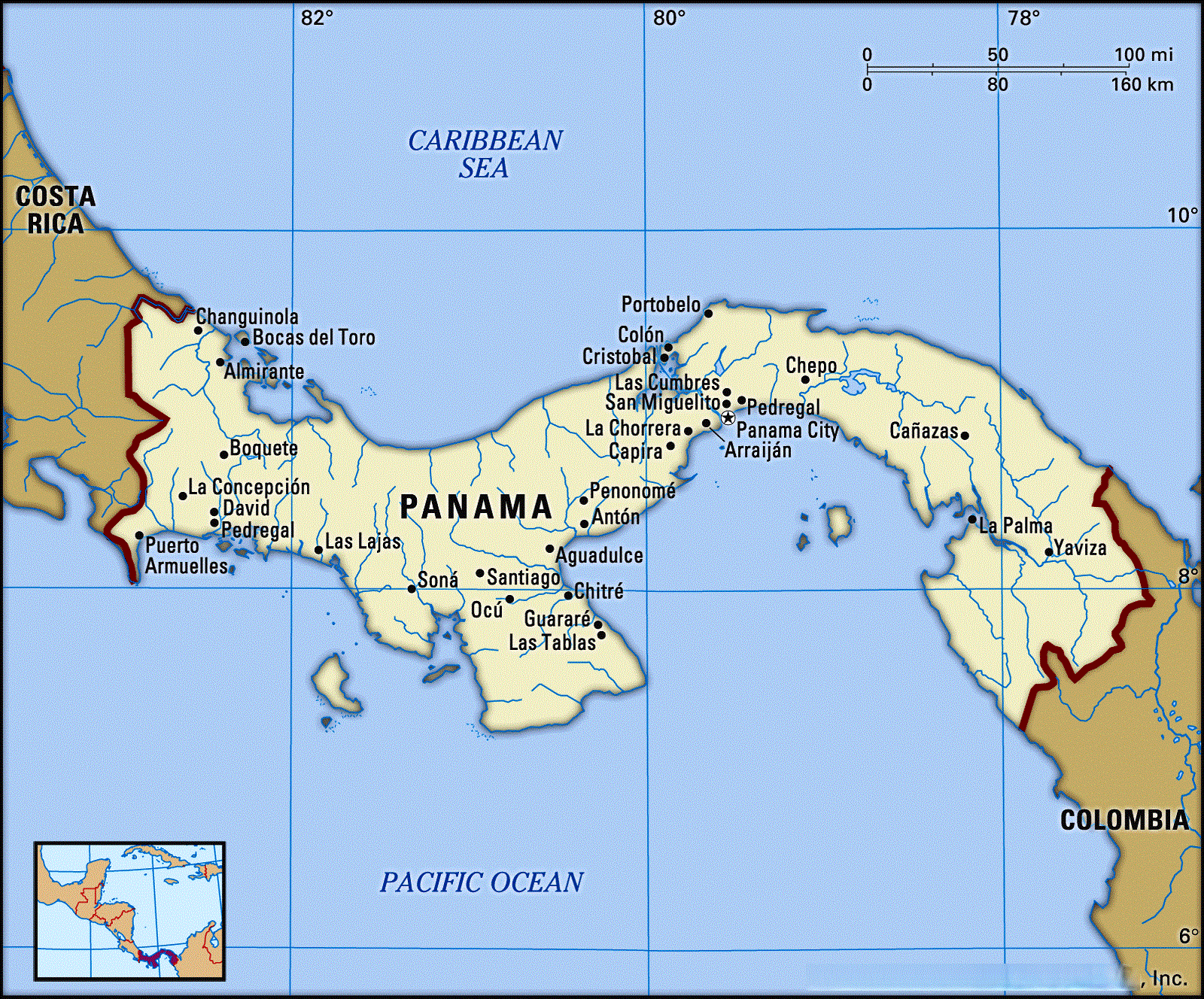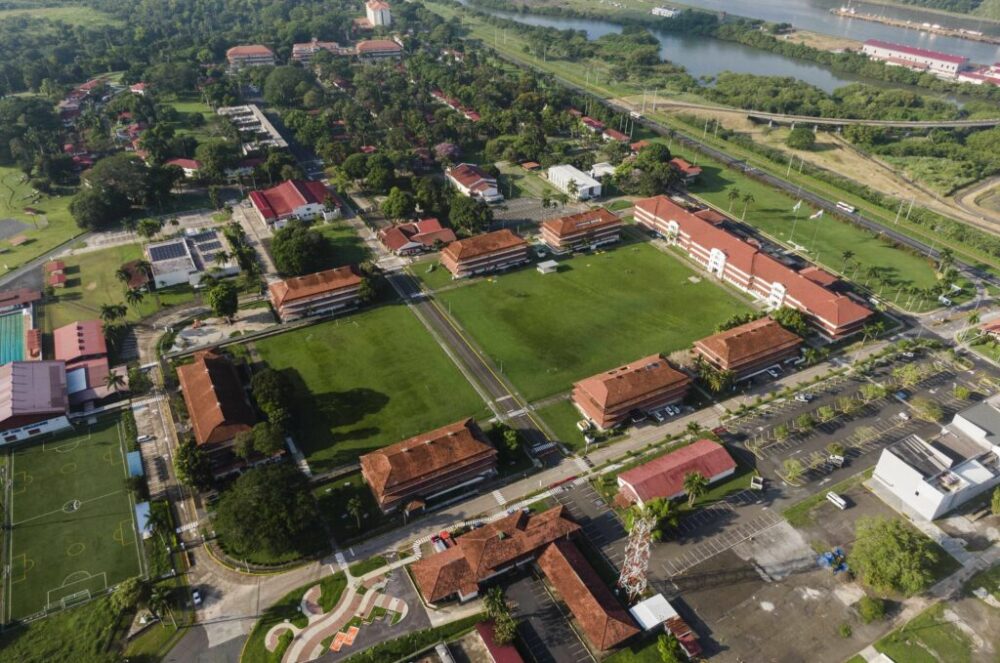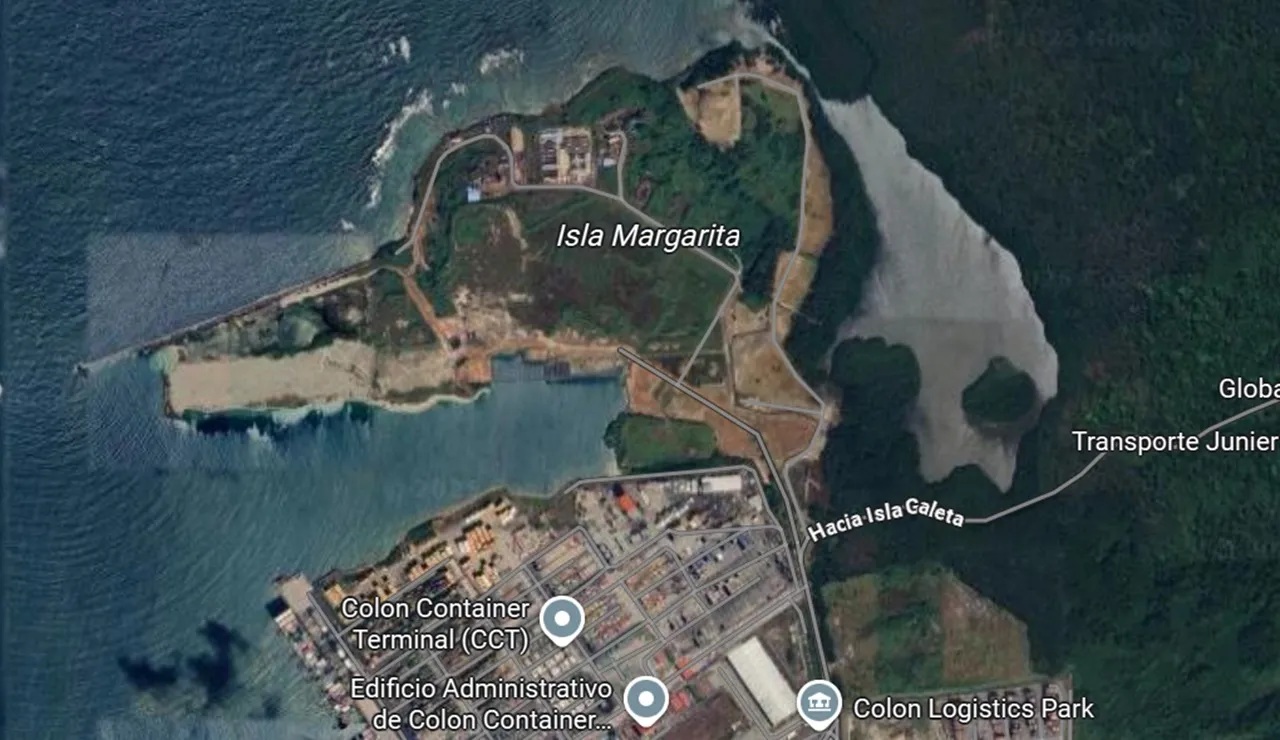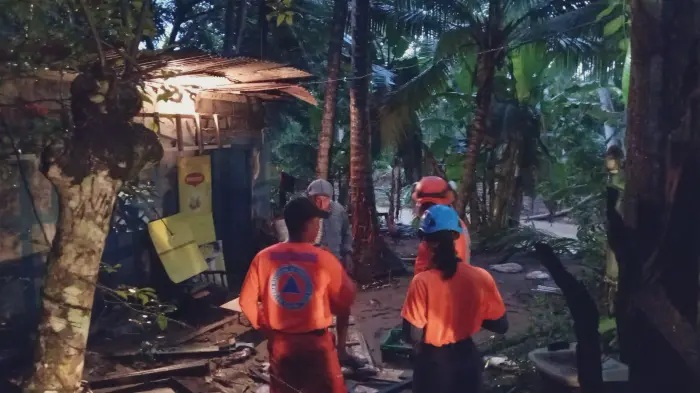The Program of Creole Fascism as Perceived by Some in Panama

“Creole Fascism” refers to a local manifestation of fascist ideology that emerged in Latin America, particularly in Argentina during the 1930s and 1940s, blending fascist ideals with nationalistic, often right-wing political traditions. Unlike the European fascist movements, creole fascism developed within a distinct socio-political context, incorporating pre-existing ideologies and anti-communist sentiment within civil society as a form of opposition to totalitarianism.
Characteristics of Creole Fascism
- Local Context: It was shaped by the specific social, political, and historical conditions of Latin American countries, leading to unique expressions of fascist principles.
- Anti-Totalitarianism: It developed within the context of anti-fascist movements by socialist and communist circles, which were often excluded from power and viewed fascism as a threat to established democratic and liberal values.
- Nationalism:Like other forms of fascism, it was characterized by intense nationalism, with a focus on national unity and strength.
- Anti-Communism and Anti-Liberalism: It often opposed democracy, liberalism, and socialism, aligning with far-right ideologies.
Example in Argentina
- In Argentina, particularly in the 1930s and 1940s, the idea of “creole fascism” was discussed in socialist and communist circles.
- These anti-fascist movements were rooted in a blend of liberal, constitutional, and civil rights principles.
- The concept of creole fascism emerged from reflections on the dangers posed by a local, nationalist form of totalitarianism within that specific context.
The anti-national and anti-people actions carried out by the current government cannot be explained simply by the dictatorial figure who presides over it. They respond to a specific plan, developed and politically supported by the country’s economically dominant sectors. This plan is largely detailed in CONEP’s Vision 2050 document. This plan responds to the need these sectors have to transform society as a whole in order to resolve the problems facing their economic interests. In this case, first and foremost, is the decline in their accumulation conditions, which have led to problems with their accumulation of profits and capital. This plan responds to the need these sectors have to transform society as a whole in order to resolve the problems facing their economic interests.
In this case, first and foremost, is the decline in their accumulation conditions, which have led to problems with their accumulation of profits and capital. Some simple indicators explain this urgency. Just before the pandemic, the real GDP growth rate had fallen to 3.3%. The number of private sector employees fell by 51,015 between 2018 and 2024. Meanwhile, between 2019 and 2024, the public debt-to-GDP ratio rose from 39.9% to 56.6%, posing a risk of losing investment grade status, which would significantly affect the interests of financial capital, which plays a central role in the country’s dominant bloc. Added to this is their growing loss of ideological hegemony, thanks to the mobilizations of social sectors, which, despite being essentially sporadic, inorganic, and defensive, are considered by the business elite to pose a real threat to their political domination.
It was traumatic for the economically dominant sectors that the mobilization of social sectors succeeded in defeating the advance of the mining-extractivist development model. These sectors, as well as global financial capital, consider open-pit metal mining essential to restoring the conditions for capital accumulation in Panama. Given the depth of the regressive transformations of all the above, the sectors of the economically dominant bloc agree on the need to rely on the support of the hegemonic power as a last resort for their political and repressive control. This explains the complacency of the fascist-dependent government, as well as the business elite, with the presence of troops and military bases in the national territory.
In reality, this is a cunning surrender of national sovereignty in exchange for foreign military protection. They would make the political, economic, and social restoration plan conceived and promoted by the economically dominant sectors viable. It begins with the direct takeover of various state agencies, utilizing the last general election. The result is that the entire executive branch is currently directly controlled by representatives of the business elite, along with reactionary military elements. Furthermore, there is a growing dominance of the executive branch over the judiciary, and an increasingly evident loss of independence of the legislative branch.
On the economic front, the reactionary restoration policy of the ruling government, Conep, has taken the form of a shock policy. It seeks to profoundly transform the social relations of production and distribution in favor of the interests of the economically dominant sectors. The first act of its implementation was the imposition, through bloodshed and repressive fire, of the reform of the CSS pension model. This reform will be accompanied by an attempt to reopen the polluting Donoso mine, the construction of new reservoirs at any cost, the commercialization and privatization of drinking water, labor law reform, and a regressive tax reform, among other measures. The harsh repression exercised by the fascist, dependent government in power was not only intended to impose Law 462. It was also used to further the dismantling and judicialization of protests and the representative bodies of social sectors.
At the level of social and economic relations, the attack on unionism stands out, with the aim, among other things, of reducing its negotiating capacity vis-à-vis capital and its potential to sustain and achieve social gains. For the government and the business elite, the brutal imposition of Law 462 has meant a further loss of ideological hegemony over the population, which is why they see the need to strengthen their ideological control apparatus. It’s clear that a regressive education reform is being prepared, which explains the interest in attacking and decapitating the teachers’ unions. Also notable is the private campaign to confuse the public by portraying polluting open-pit mining as sustainable and convenient, while also attempting to demonize environmentalist social movements. In the face of all this, a new social project is needed, capable of unifying and mobilizing the population against the dependent fascist project.





